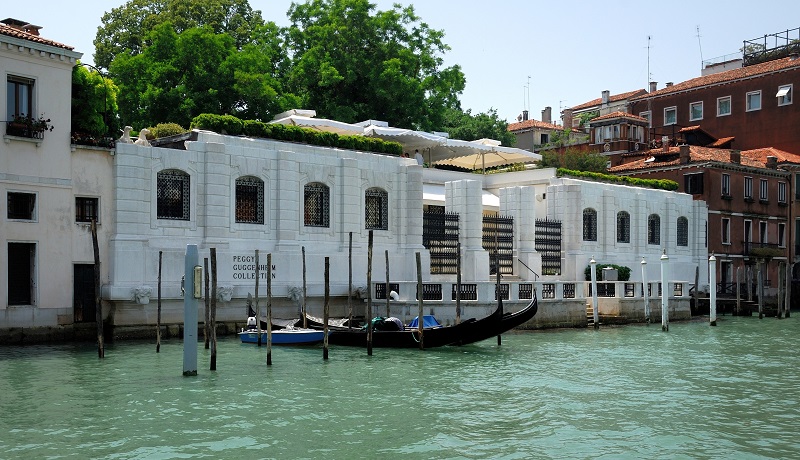It wasn’t until I was on the train to Venice that I remembered I ought to have checked about floods in La Serenissima, something which is likely in autumn.
Sure enough, the first signs were evident when we came out of Santa Lucia station. Each time a vaporetto went past, the waters of the Grand Canal gently overflowed, lapping onto the paved area at the foot of the Scalzi bridge. The other obvious signs of trouble were the tourists schlepping around wearing brightly coloured knee-high plastic bags on their feet. On principle I decided not to buy these disposable wellingtons (which cost, depending on whether you’re in a busy thoroughfare or not, between €7.50 and €10) because someone is cashing in on Venice’s misfortune, making a vast profit out of the acqua alta disaster.

When the water level was first recorded in 1897 it was 30 cm lower than today, and a predicted rise of 80 cm by the middle of this century will leave Venice completely flooded twice a day. The flood barriers under construction (but which will not be ready next year, the original date) will not save Venice because they have been designed for exceptional floods rather than the increase in mean sea level. The Lagoon may have to be closed off from the sea to save Venice, but this would change the ecological balance, and the pollution from the industrial area around the port would further endanger the area.
But back to the walk across Venice. Nothing too serious – yet. Carrying on towards the Frari, with dry pavements all around, we saw the first signs of trouble. A small shop had a high metal barrier (labelled Acqua Help) across the base of its entrance to keep out the water from a deep pool which had formed all around the shop doorway. Evidently the water coming from the various pipes in their building had nowhere to go and it had risen through the grates.
We walked through the Campo Santa Margherita in the sunshine, turned the corner and were confronted with deep water all the way across the street. This explained why many people coming in the opposite direction were walking barefoot through the campo. It was impossible to pass unless we too took off our shoes, or we bought plastic boots, which I refused to do. We turned down a parallel alleyway but were presented with the same problem, about a foot of water. A local resident was letting himself into his building and asked where we wanted to go. After a few minutes of pleasant chat, he suggested we should return to the campo and drink some aperitivi. By that time, he predicted, the waters might have receded. We did, and they had – a little. Enough anyway to pick a way through to the next bridge, but then more floods.
I like a challenge. With a detailed map we set off in a large circle to get to the Guggenheim without any need to paddle. Passing the Carmine we emerged opposite the Stucki where the wide pavement, although wet and with scattered puddles, was passable. In front of the Gesuiti Church a high wooden walkway was in position and we eventually reached our destination, squeezing politely round people on the walkway coming in the opposite direction.
 Guggenheim, Photo Credit: Wikimedia Commons
Guggenheim, Photo Credit: Wikimedia Commons
The oasis of calm that is the Guggenheim seemed far away from the troublesome floods. There was an exhibition of an unknown (to me, at least) Indian artist which was both absorbing and surprising.
Instinctively we avoided St Mark’s Square on the return trek. I didn’t think I could bear the squeals of delight as all those young tourists confronted each other walking the plank, or playfully shoving friends into the lapping water. They don’t understand that it isn’t a game: they were witnessing the slow demise of a unique city.
Myra Robinson’s account of the latest planning scandal in Venice, the construction of a white “cube” on the Grand Canal, appears in the latest edition of the art magazine, The Jackdaw.










